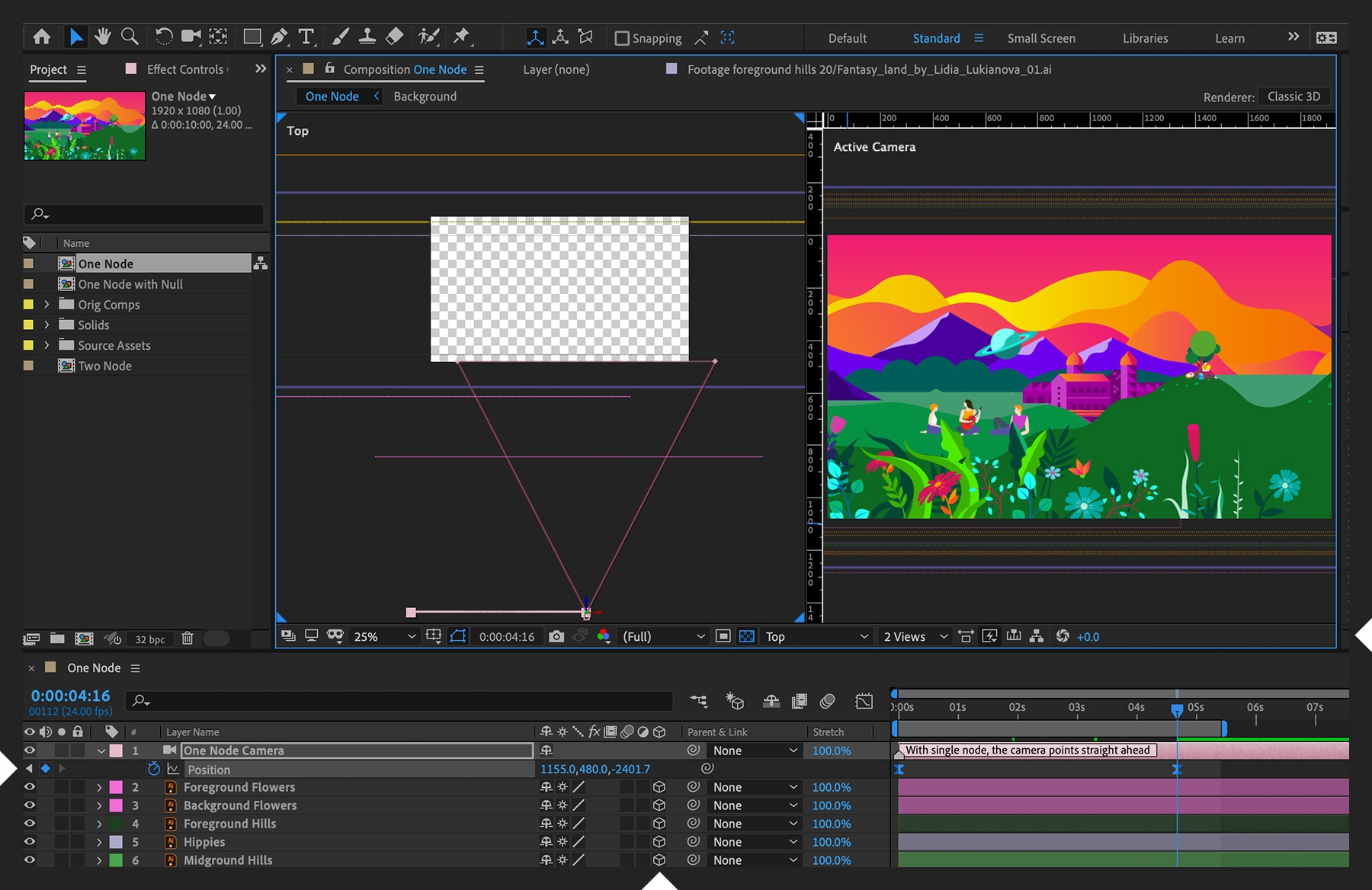Adobe After Effects: Unleashing the Power of Visual Storytelling
Adobe After Effects is an industry-leading motion graphics and visual effects software, widely used by professionals in the fields of film, television, and digital media. This powerful tool enables creatives to design and produce high-quality animations, visual effects, and motion graphics, transforming the way stories are told.
In this article, we will explore the capabilities of Adobe After Effects and its role in the world of visual storytelling.
A Brief History of Adobe After Effects
Adobe After Effects was initially developed by the Company of Science and Art (CoSA) in 1993 as a tool for creating digital motion graphics and visual effects. In 1994, Adobe Systems acquired CoSA and continued the development of the software. Over the years, After Effects has evolved and grown to become an essential tool for artists and designers worldwide.
Key Features of Adobe After Effects
Adobe After Effects provides a wide range of features that enable artists to create stunning visuals with ease. Some of the key features include:
Layers and Compositions: After Effects uses a layer-based system, allowing users to stack and organize different elements within a composition. This provides a high level of control over individual elements and makes it easy to create complex animations.
Animation and Keyframing: After Effects enables users to create smooth animations using keyframes, which define the starting and ending points of an animation. By adjusting keyframes and their properties, users can create intricate animations for a wide range of applications.
Effects and Presets: After Effects boasts a vast library of built-in effects and presets that can be applied to layers, simplifying the process of creating complex visual effects. Users can also create and save their own custom effects and presets, streamlining their workflow.
3D Integration: After Effects offers robust 3D integration, enabling users to work with 3D layers, cameras, and lights. This allows for the creation of impressive 3D scenes and animations, adding depth and realism to projects.
Text and Typography: After Effects provides advanced text and typography tools, allowing users to create dynamic text animations and kinetic typography with ease.
Data-driven Animations: After Effects enables users to import and use data from external sources, such as spreadsheets or JSON files, to create data-driven animations. This powerful feature allows for the efficient creation of visualizations, infographics, and more.
Integration with Adobe Creative Cloud: After Effects is fully integrated with Adobe Creative Cloud, allowing users to work seamlessly with other Adobe applications such as Premiere Pro, Photoshop, and Illustrator.
Real-World Applications
Adobe After Effects is used across various industries for a wide range of applications. Some of the most common use cases include:
Film and Television: After Effects is an essential tool for creating visual effects and motion graphics for film and television productions. It is widely used for tasks such as compositing, creating title sequences, and developing animated elements.
Digital Media: In the world of digital media, After Effects is used to create engaging content for web, social media, and advertising. This includes creating animated GIFs, video overlays, and interactive web elements.
Corporate Communications: After Effects is also used in the corporate world to create compelling presentations, explainer videos, and data visualizations to convey complex information in an engaging and easily digestible manner.
Learning Adobe After Effects
Adobe After Effects has a steep learning curve, but with dedication and the right resources, it is possible to master this powerful software. Adobe offers comprehensive tutorials and resources on their website, and numerous online courses and tutorials are available from third-party providers. Additionally, online forums and communities provide invaluable support for those looking to improve their skills in After Effects.
In conclusion, Adobe After Effects is an indispensable tool for visual storytellers, enabling them to create stunning animations, visual effects, and motion graphics. By mastering this software, artists can unlock countless creative possibilities and transform the way they tell stories.




.jpeg)
